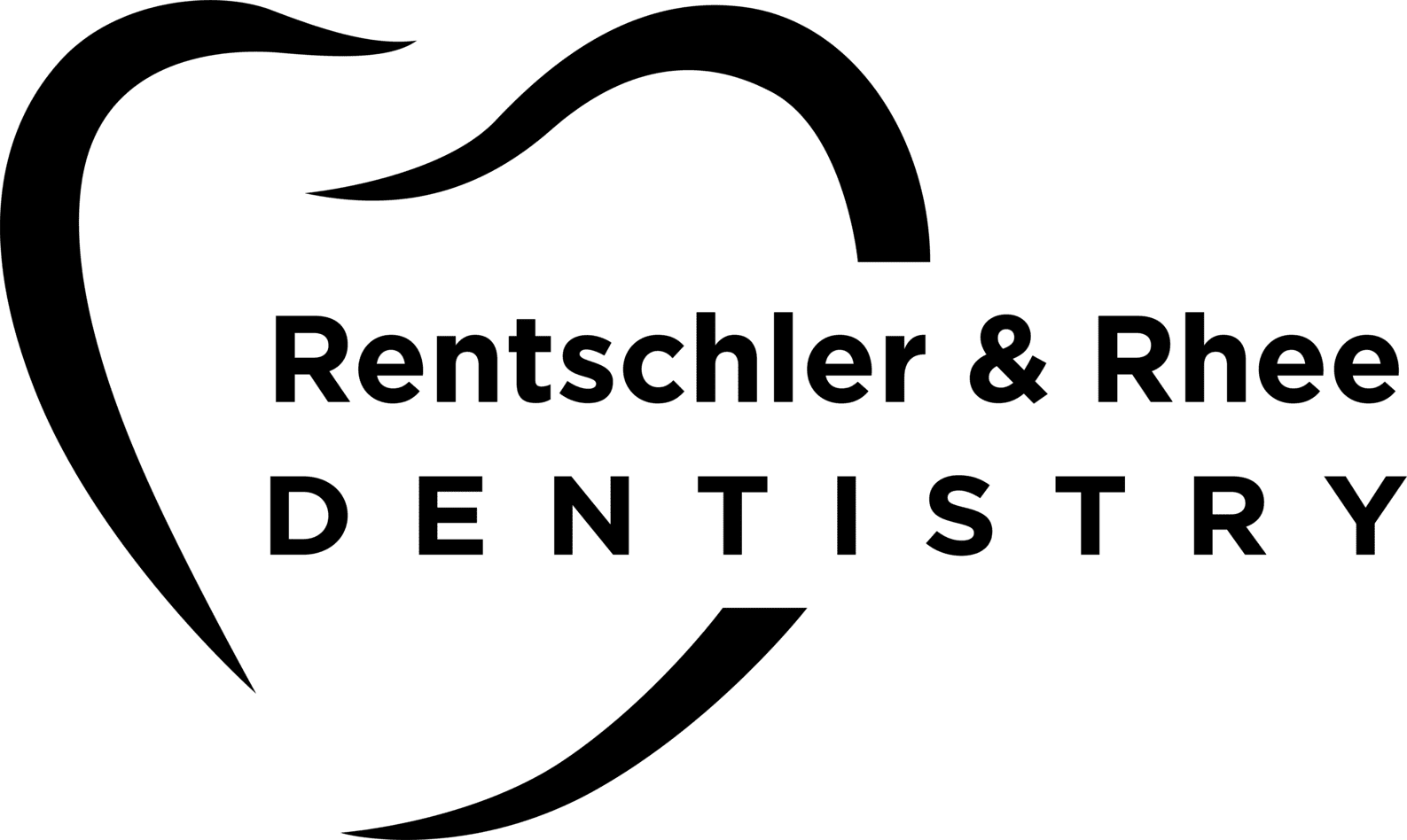Achieve a Perfect Smile with Invisalign® Clear Aligners
Invisalign® Clear Aligners have become a standard part of orthodontic treatment. Since their introduction, they have discretely provided a simple, convenient method of addressing malocclusion. Unlike traditional braces, Invisalign is a nearly invisible treatment choice. No need to alter your diet since they can be removed for up to two hours daily. This also makes cleaning and upkeep of your smile and the Invisalign appliance easier.
Did you know?
Wearing Invisalign® is in no way as restrictive as traditional braces? Many adults opt for this system not only because it is discreet, but also because there is no need to change your diet to avoid foods that could damage braces. This is because the Invisalign® system is free of braces and brackets, instead opting for a removable tray that can be taken out prior to meals. Also, Invisalign® fits well into busy adult schedules, as there is no need to attend frequent visits for wire tightening. Most patients simply change to a new aligner tray every couple of weeks.
Understanding The Invisalign Difference
Invisalign Clear Aligners are a popular solution for patients of almost any age. However, while they are removable, consistent wear is important for achieving the best results. This means that patients who receive this appliance must be able to commit to removing them no more than 2 hours a day. An inability to do this indicates that they may not be an appropriate option for that patient. The Invisalign treatment process has proven effective for multiple orthodontic concerns. These include:
- Gapped Teeth – While many patients express concern about the aesthetic issues attached to gapped teeth, there are other concerns. Among them is the risk of neighboring teeth moving out of position and into the gap.
- Over/Underbites – Invisalign can address concerns involving overbite and underbite.
- Overcrowding – When there is insufficient room for all the teeth in the mouth, overcrowding is a potential risk. Invisalign can often address this concern by moving the teeth into their proper positions.
- Crossbites – A crossbite is when the upper and lower dental arches do not meet correctly on the horizontal plane. This means the teeth are offset to the left and/or right rather than the biting surfaces meeting when the mouth is closed.
- Open Bites – Open bites occur when your upper and lower arch of teeth don’t touch when the mouth is closed.
The first stage of getting Invisalign is arranging a consultation with Dr. Rhee. During your consultation, your oral health will be assessed, and the suitability of Invisalign for your concerns. This will involve a full dental exam, followed by a digital scan of your oral cavity. This scan may be used to create a digital impression that will be used to design your Invisalign Clear Aligner. The impression will be sent to Invisalign, which will manufacture a personalized set of aligners to achieve your goal. These may be sent to your home or clinic for future pickup.
Caring for your Invisalign Clear Aligners is made easier by being able to remove them. Every day you’ll remove your aligner to brush, floss, and rinse with mouthwash. Then you can gently rinse the aligner to clear away any debris. You’ll wear each clear aligner over a set period and then move on to the next aligner in your set. You’ll have the smile you’ve always wanted when you’ve completed the treatment. You’ll go on to wear a retainer tray to ensure you keep that beautiful smile forever.
Straighten Your Smile the Clear, Comfortable Way
Experience the freedom of a straighter smile without wires or brackets. Invisalign® Clear Aligners offer a discreet, removable alternative to traditional braces—perfect for busy adults and teens alike. You can eat what you love, clean your teeth with ease, and go about your day without anyone noticing you're undergoing treatment. At Rentschler and Rhee Dentistry, we customize every Invisalign plan to fit your lifestyle and your smile goals. Let’s create the confident smile you’ve always wanted on your terms.


